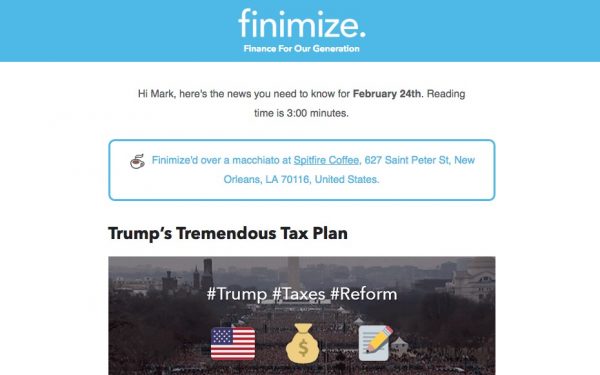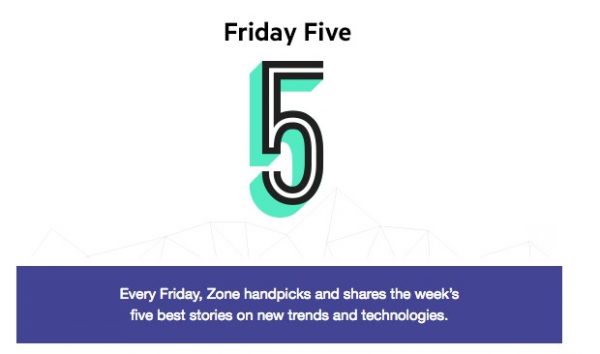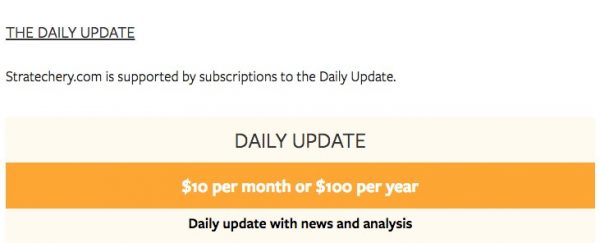Lately, it feels like Google is cracking down harder on blackhat backlinks. The days of ranking by spamming blog comments across the web are over. You need to focus on building in-content, contextually relevant backlinks on high DA/PA sites. By “in-content”, I mean a backlink that’s within the article itself (not a comment or sidebar link).
Relevancy is also important, which is why you should always seek backlinks from sites that are in the same niche as yours. If you’re wondering why you’re not ranking in Google, then it’s probably because you haven’t built enough relevant backlinks. In this article, I’m going to show you 10 actionable ways to build whitehat backlinks to your website.
#1: Write “Blogger Roundup” Style Articles
Have you ever read articles with titles like “42 Experts Give Their Advice on….” or “10 Bloggers Share Their Favorite….”? This is an example of a blogger roundup style article. It’s when you gather the opinions of all the experts in your niche about a specific topic. You then publish this information as a single value-packed article. How does this get your backlinks? Well, chances are that at least some of the people you interviewed are going to share a link to the post on their own site. The more people you interview, the higher the chances of getting more links!
#2: Outreach (A.K.A. Guest Posting)
No matter how new you are to internet marketing, you’ve probably heard of outreach. Basically, this is when you reach out to bloggers in your niche and ask them if you can submit a guest post with your link in it. It’s a win-win for both parties: you get a link back to your site and the site owner gets awesome content for their audience. Of all the link-building strategies out there, blogger outreach is considered one of the safest in terms of not getting a Google penalty. Just make sure that you’re not posting on obvious link farms and you should be okay.
#3: Submit Testimonials
Companies are always looking for testimonials to put on the homepage of their site. Well, guess what? You can be that person who gives it. A lot of the time, companies looking for testimonials will publicly announce it: they’ll put it on their homepage, saying something along the lines of “Email us to have your site featured here” (or something similar). In other cases, they may actively email you asking for a testimonial (I’ve had both happen to me). The point is, submitting your testimonials can result in some powerful links, so don’t overlook this link-building strategy.
#4: Give Away Your Product/Service to Bloggers (For Free)
Do you have a product or service that you’re willing to give away for free in exchange for a link? If so, bloggers all around the web are willing to take them and write a review. Simply email a blogger that’s in your niche and ask them if they’d be willing to review your product or service. If they agree, they’ll write the review along with a backlink to your site. It’s fast, free, and efficient way to get a lot of backlinks to your site in a relatively short amount of time.
#5: Create an Awesome Infographic
While the popularity of infographics peaked between 2015 and 2016, they’re still very popular today. But you need to focus on making the infographic good, catchy, and memorable. On average, expect to spend a minimum of $400 on a good infographic. You’re probably thinking, “That’s a lot of money!” I agree- that’s a lot of money, but the link value you’ll get in return (if you do things right) is priceless. Once you create the infographic, submit it to bloggers in your niche and watch the backlinks flow in.
#6: Write Something Controversial
Want to get thousands of shares and/or backlinks to your site in a short amount of time? Then write something controversial. When I say controversial, I don’t mean write something spiteful, hateful, or discriminatory. I mean write something that goes against the grain. If all the bloggers in your niche agree with X, then write about why you think Y is better. For example, if you go to YouTube, you’ll notice that all the “Flat Earth Theory” videos have millions of views. Why? Because these videos are extremely controversial and provoke discussion.
#7: Broken Link Building
Broken link building is when you contact bloggers who have broken links on a specific page, and then you ask them to replace that link with one back to your site. The reason this works is because you’re helping the blogger- if you didn’t tell them about the broken link, they may have never known. To return the favor of you helping them, they’ll typically agree to replacing that link with one back to your site. It’s a simple, yet, highly effective way to build whitehat backlinks.
#8: Join HARO
HARO stands for Help a Reporter Out. This is a site where reporters go to find sources for specific stories. You can sign up and then be the person who provides sources and information for reporters. If the reporter likes your respond, they’ll use you in the “Sources” section of their article, which will often include a link back to your site. One drawback is that HARO costs money to join. Still, it’s a powerful way to get backlinks from high DA sites like CNN.com, HuffingtonPost.com, etc.
#9: Turn “Mentions” into Links
Don’t you hate it when a site “mentions” you but doesn’t take the time to create the link? For example, they’ll write “Check out yoursite.com” but won’t physically insert the hyperlink. Fortunately, there’s a way to easily turn this around: simply email the site owner and ask them to add the link. Most of the time, they’ll happily do this. You can use BuzzSumo.com to see what sites are mentioning you but not physically linking to you.
#10: Do a Scholarship Giveaway
The last actionable way to build whitehat backlinks is to do a scholarship giveaway. Here’s how it works: you come up with the scholarship requirements and giveaway amount. You then contact universities and tell them about your scholarship. The universities will then link to your scholarship from their website. Since Edu links are very powerful, you only need a few of them to increase your rankings and traffic.
Bottom Line
I hope you enjoyed this post on building whitehat backlinks. Remember that building backlinks is all about persistence and patience. In other words, it’s about long-term success- not short-term gain. Whitehat backlinks typically have far less risk when it comes to getting penalized, so you can confidently build them without worrying about losing your rankings during a future Google update.
Original post: 10 Actionable Ways to Build Whitehat Backlinks
This post is courtesy of: http://www.dailyblogtips.com






















